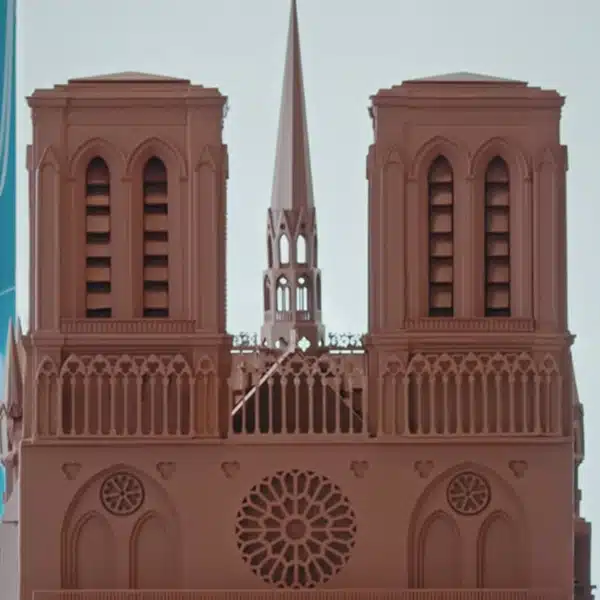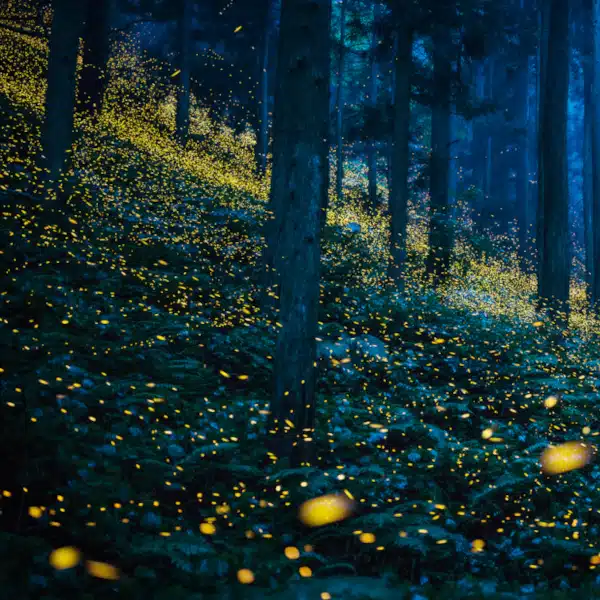
“Lycopersicum III” © Uli Westphal 2013
At your local supermarket or grocery store, you can expect to find typical produce like tomatoes and peppers that all look about the same. So why are “ugly” fruits and vegetables excluded? German artist Uli Westphal became interested in this question after visiting local street markets in Berlin, finding an abundance of irregular produce for the first time. This encounter ultimately prompted his ongoing series of flat-lay photographs entitled the Cultivar Series, which highlights crop diversity that is frequently neglected.
Each image from the project showcases a single species or crop type and its cultivated variations, arranged by color and shape into large ovals. Pears, potatoes, peppers, and more are seen in a multitude of shapes and hues. “I try to rediscover and document the biodiversity that is excluded from the commercial markets,” Westphal says. “At a certain point, I started to realize that it is not only the natural occurrence of morphological irregularities in the growth of single plant varieties that is being suppressed and filtered out by our food system. In fact, only a tiny fraction of high-yielding, ‘good-looking' varieties are being grown and distributed today, even though there are literally thousands of varieties of any domesticated fruit or vegetable.”
Westphal's creative practice spans installations, sculpture, drawing, as well as photography. However, he chose the latter for this project because he wanted to “capture and conserve the moment in time when the fruit is ripe.” The straightforward approach to these photographs—placing the objects against a white background mimics scientific displays of specimens. The shape of these arrangements is also significant – it is inspired by the shape of global map projections, which echoes how agriculture evolved across the world. “I often use bright colors and kaleidoscopic arrangements in my works in order to draw the viewer in and engage with the underlying topics, which are often more sinister than the colorful visual might suggest,” Westphal adds.
You can purchase prints of Westphal's photos via his website, and keep up to date with the artist's latest work by following him on Instagram.
German artist Uli Westphal highlights biodiversity in his series of flat-lay photos.
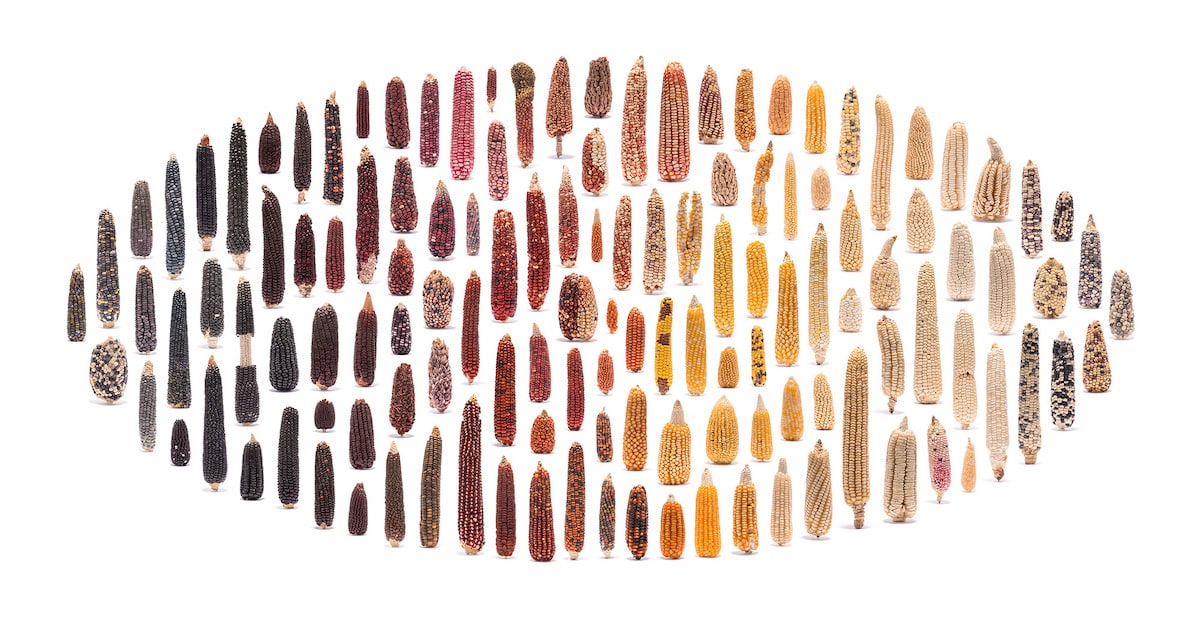
“Zea mays II” © Uli Westphal 2022
The ongoing project, titled Cultivar Series, features arrangements of irregular produce.
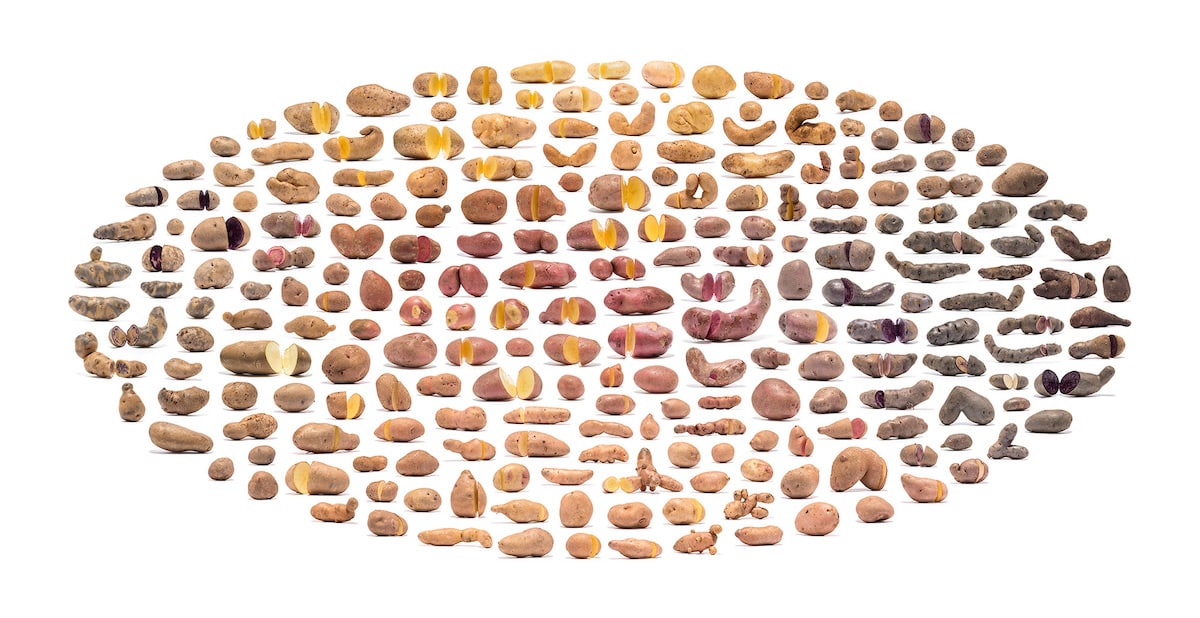
“Solanum tuberosum II” © Uli Westphal 2020
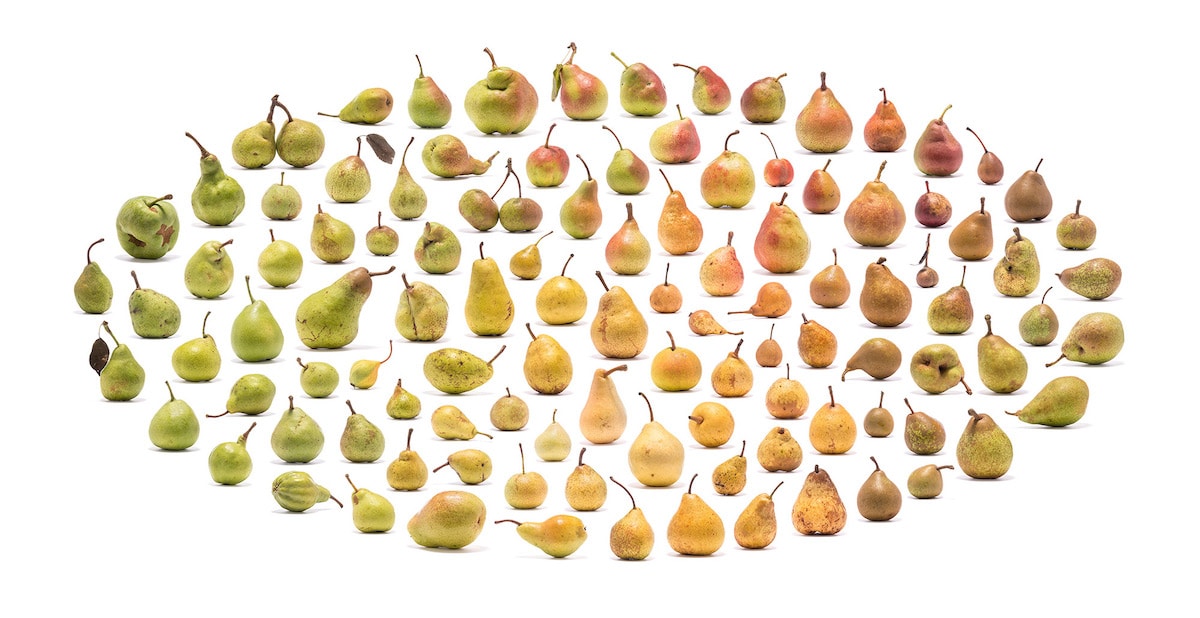
“Purus I” © Uli Westphal 2018
The fruits and vegetables featured in the photos are not what is seen in supermarkets.
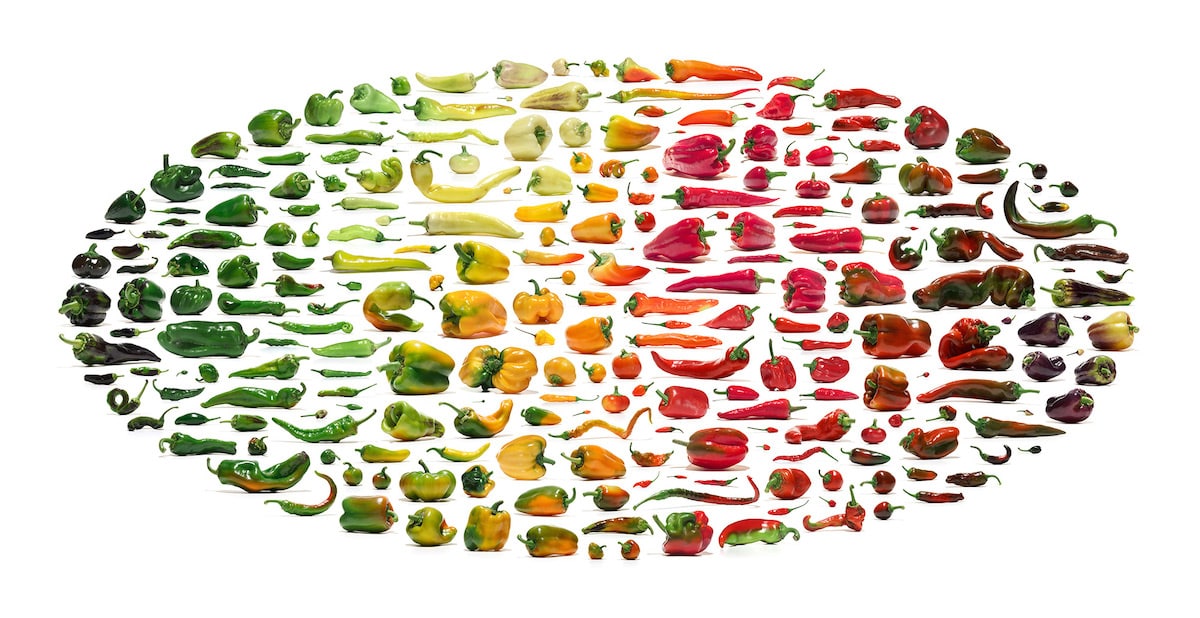
“Capsicum I” © Uli Westphal 2016
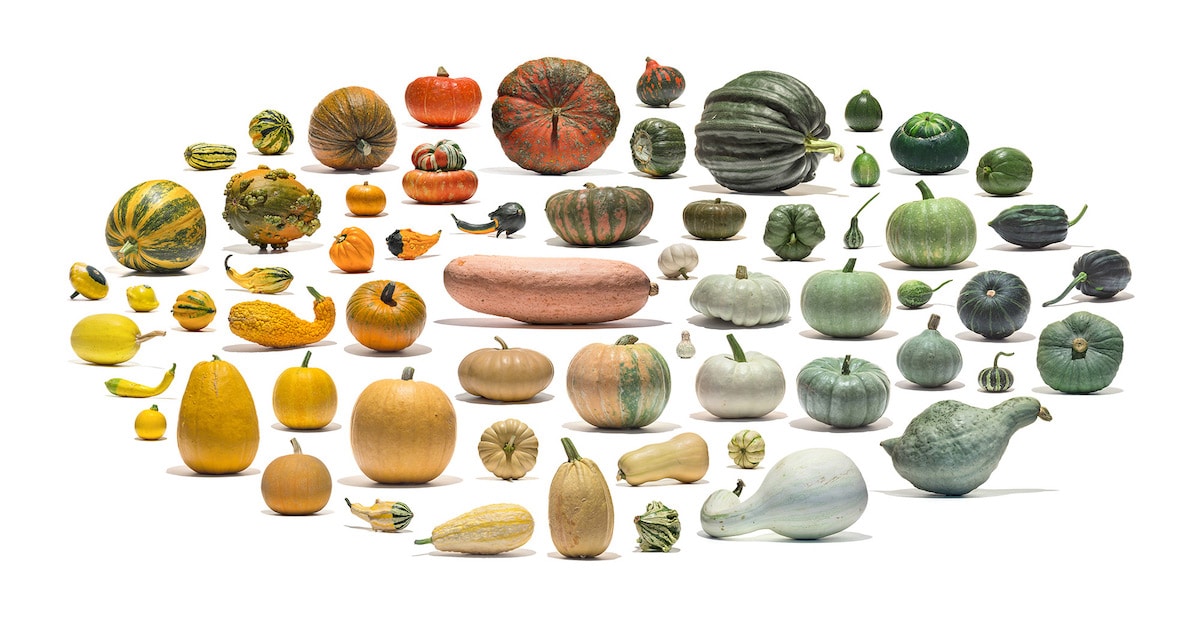
“Cucurbita I” © Uli Westphal 2014
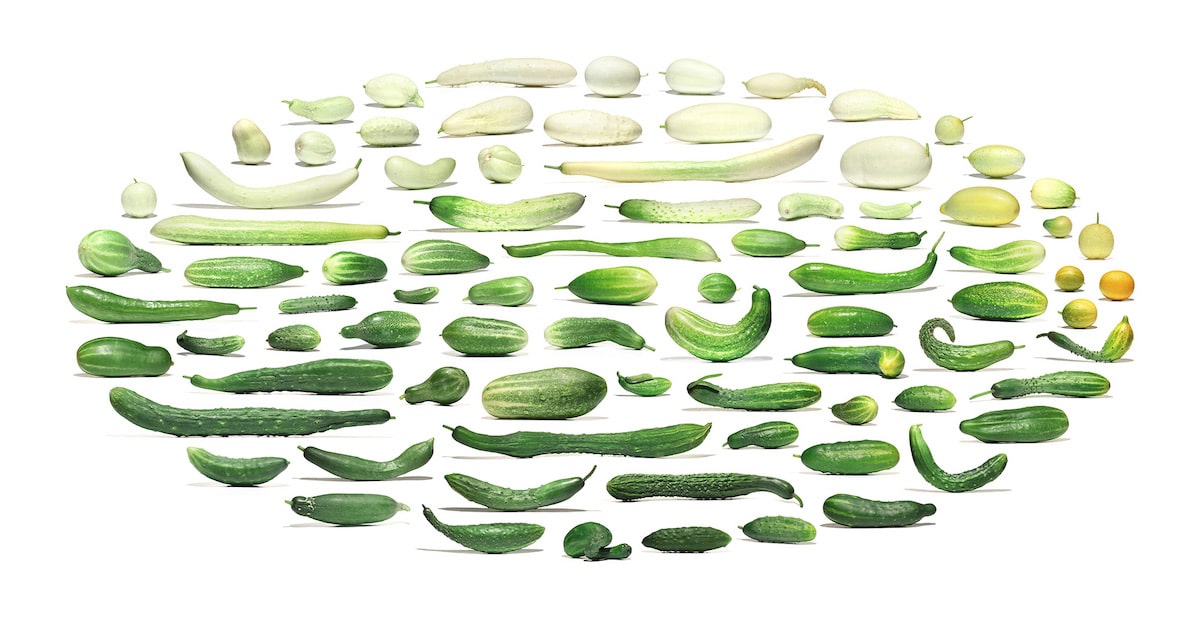
“Cucumis sativus I” © Uli Westphal 2014
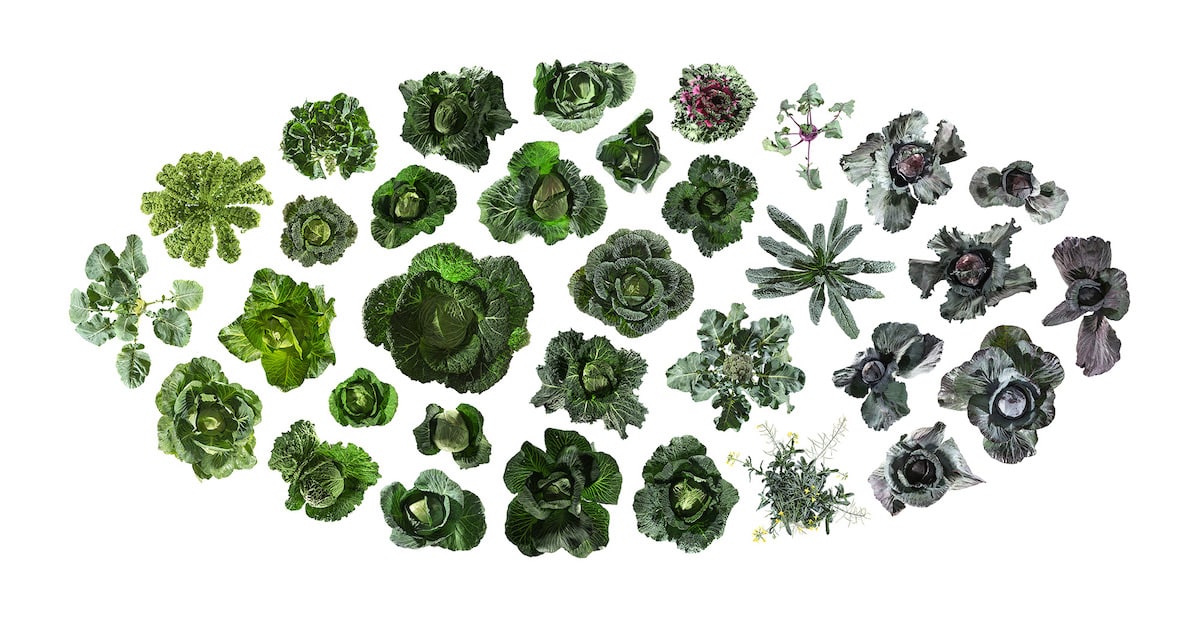
“Brassica oleracea I” © Uli Westphal 2018
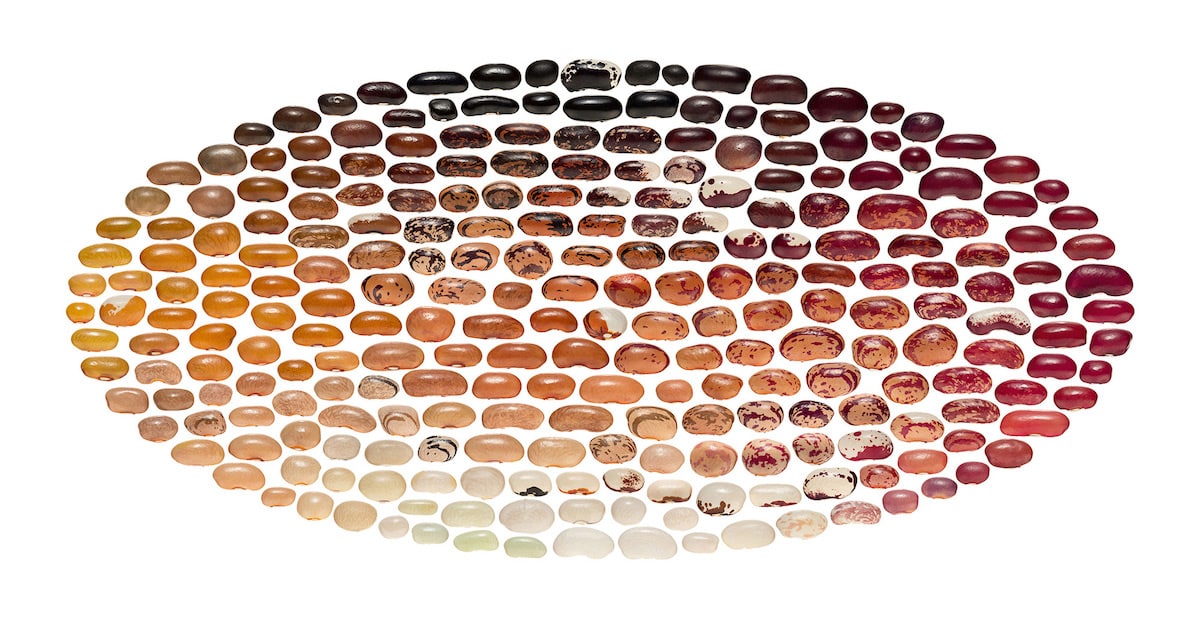
“Phaseolus vulgaris I” © Uli Westphal 2013











































































